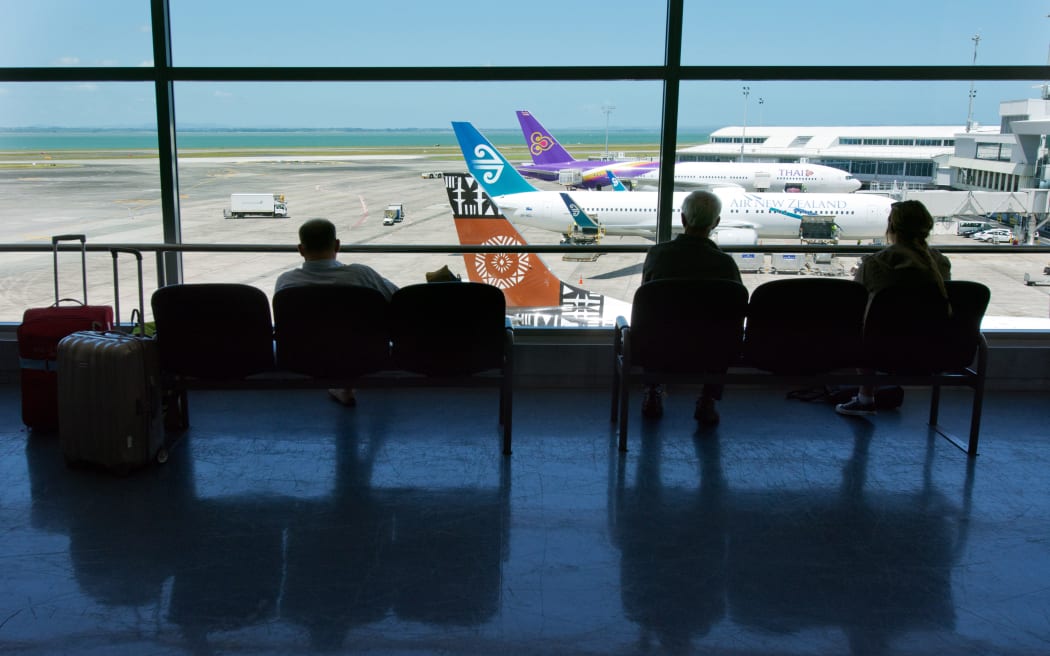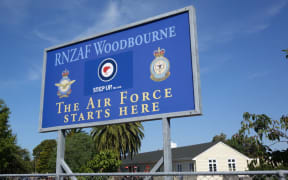Both Auckland and Wellington airports are still using a toxic firefighting foam, in case of aircraft fire emergencies.

Auckland Airport is moving to a more environmentally-friendly firefighting foam, a spokesperson said. Photo: 123RF
The Defence Force used a similar foam, with two compounds, PFOS and PFOA, until 2002. The effects of the chemicals are uncertain, but could increase the risk of cancer and reduce fertility. The Environment Ministry is investigating potential contamination to water near the Defence Force air bases at Woodbourne and Ohakea where the foam had been used.
The government said there was no acute health risk.
Nearby residents who get their water from bores are being told not to drink it for at least a month, while tests are carried out to make sure it's safe.
It has been revealed both Auckland and Wellington airports are still using foam containing the potentially harmful chemical.
Wellington Airport believes there are no ground drinking water sources, which would pose a health risk, in its vicinity.
A statement from the airport said the substance was used in controlled environments.
"Aside from any aircraft fire emergencies, our use of the substance is restricted and contained for testing trucks once a year and in very limited quantities."
The airport will now be working with authorities to seek guidance over its usage and safety.
A spokesperson for Auckland Airport said the foam was still in use there, and the airport company was moving to a more environmentally friendly product.
The airport is testing locations where the chemical was used.
"As part of the research process we have worked with other airports including Changi and Dallas Forth Worth ... to identify the new foam we are now transitioning to," the spokesperson said.
Auckland Airport's firefighting foam, called AFFF, has only one of the chemicals, PFOS, but is still toxic.
A spokeswoman said the airport was moving to a more environmentally-friendly product.
Christchurch Airport stopped using AFFF in the early 2000s.
Airport Association chief executive Kevin Ward said other airports may be using the foam, as it was the most effective in stopping aeroplane fuel fires.
The Defence Force stopped using the foam in 2002. In June this year it was told that the levels of chemicals present at Ohakea airbase in the Manawatu exceeded acceptable levels.
By September, it knew it was possible the chemicals had contaminated ground water used by neighbours.
Residents around Woodbourne, near Blenheim, and Ohakea, west of Palmerston North, who get their water from underground are being told not to drink it for at least a month while tests are carried out to make sure it's safe.
The Environment Ministry officials would visit 60 buildings near Ohakea and 90 near Woodbourne to take water samples and would be available mid-January, he ministry said.
Traces in milk samples 'no risk'
Tiny traces of the chemical PFOS been found in milk from dairy farms near the Ohakea base.
The Ministry for Primary Industries said the traces were found in three samples but the levels were so low the laboratory would not normally report them, and they pose no food safety risk.
Meanwhile, farmers say they are worried about what the potential contamination might mean.
Federated Farmers farmers president for Manawatu and Rangitikei, Richard Morrison, said farmers near Ohakea wanted clarity about whether there was a risk to their stock or produce.
Mr Morrison said they would like answers as soon as possible.


